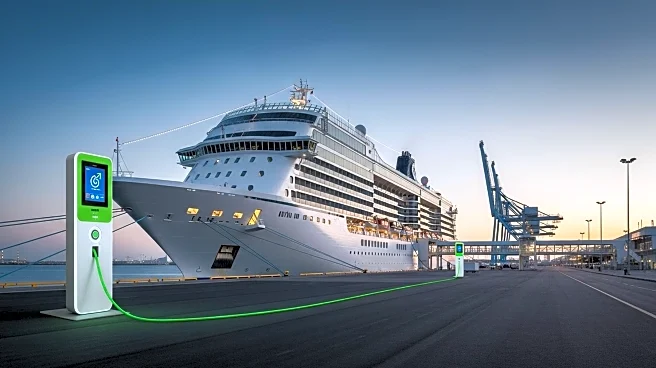What's Happening?
The European battery market is experiencing significant growth, with projections indicating it could reach $400 billion by 2030. Despite this, European startups face challenges competing against established Asian giants like CATL. However, European companies are finding niches by focusing on specialized applications and leveraging regulatory compliance as a competitive advantage. By aligning with the EU's Critical Raw Materials Act and Battery Regulation 2023/1542, these startups can differentiate themselves from Asian mass producers. Additionally, European companies are encouraged to engage in industrial partnerships and participate in EU innovation ecosystems to further bolster their competitive position.
Why It's Important?
This development is crucial as it highlights the strategic shift European battery startups are making to remain competitive in a market dominated by Asian companies. By focusing on regulatory compliance and specialized applications, European companies can carve out profitable niches, particularly in industries with stringent manufacturing and environmental requirements. This approach not only supports the EU's goals for green energy independence but also positions European companies to capture a significant share of the specialized industrial battery market. The emphasis on sustainability and regulatory expertise could lead to long-term competitive advantages as global demand for environmentally friendly solutions increases.
What's Next?
European battery startups are expected to continue leveraging their regulatory expertise and proximity to end-users to expand their market share. As regulations tighten, these companies may find increased opportunities to collaborate with multinational corporations seeking compliant suppliers. The focus on sustainability and lifecycle value over upfront costs could also drive innovation in battery management systems and recycling technologies. Additionally, European companies are likely to increase their participation in EU-funded projects and industrial clusters to enhance their technological capabilities and market reach.











